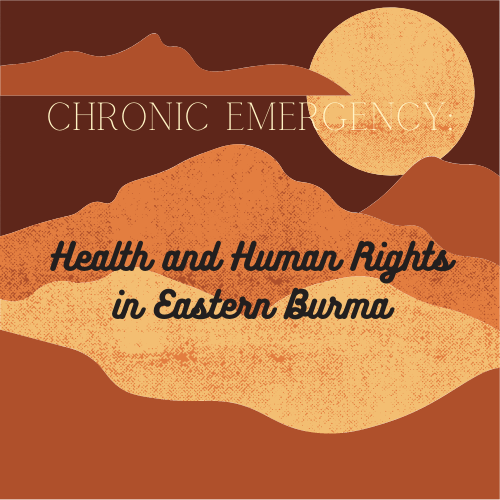Disinvestment in health, coupled with widespread poverty, corruption, and the dearth of skilled personnel have resulted in the collapse of Burma’s health system. Today, Burma’s health indicators by official figures are among the worst in the region. However, information collected by the Back Pack Health Workers Team (BPHWT) on the eastern frontiers of the country, facing decades of civil war and widespread human rights abuses, indicate a far greater public health catastrophe in areas where official figures are not collected.
In these eastern areas of Burma, standard public health indicators such as population pyramids, infant mortality rates, child mortality rates, and maternal mortality ratios more closely resemble other countries facing widespread humanitarian disasters, such as Sierra Leone, the Democratic Republic of the Congo, Niger, Angola, and Cambodia shortly after the ouster of the Khmer Rouge. The most common cause of death continues to be malaria, with over 12% of the population at any given time infected with Plasmodium falciparum, the most dangerous form of malaria. One out of every twelve women in this area may lose her life around the time of childbirth, deaths that are largely preventable. Malnutrition is unacceptably common, with over 15% of children at any time with evidence of at least mild malnutrition, rates far higher than their counterparts who have fled to refugee camps in Thailand. Knowledge of sanitation and safe drinking water use remains low.
